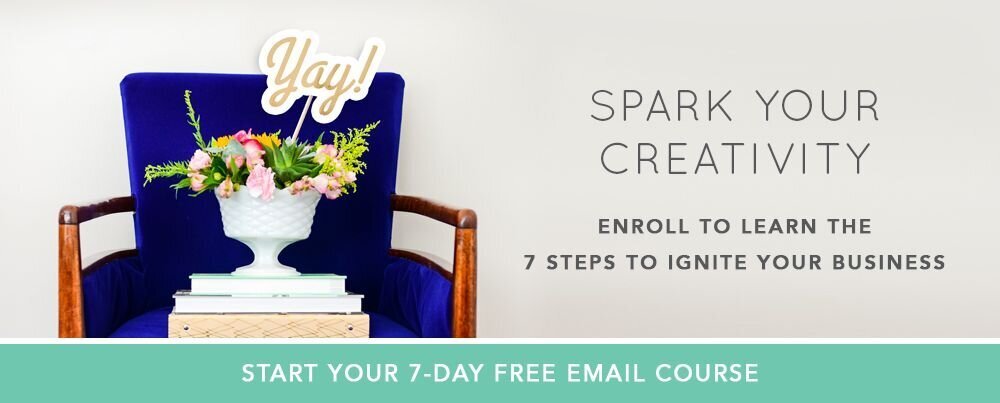The Power of Unplugging from Social Media
Do you ever notice how you read one post online about a topic and next thing you know you’re being served up ads or related content out the wazoo? Yeah, the secret that our phones are listening to us 24/7 is out. Although this is fantastic for a personalized ad experience it certainly doesn’t help our already overwhelmed minds. When we sit down to read just one thing, all of a sudden we look up and we’ve zombie-style zonked out, staring at our phone for hours on end.
When this happens it makes us begin to hate our phones. It makes resentful of social media apps that may not be at fault in the first place. So what do we normally do when we feel this way? We shut down completely and never look back. Well, since our businesses rely on the buzz of social media, we can’t leave it for too long.
But there is an opportunity to not feel tied to your phone like it’s an extra arm. There are strategies you can put in place to avoid the total social media burnout.
Here are some quick tips to help ease some of the social media overwhelm that leads to a total unplugging.
Turn Off App Notifications
First we started with the Periscope notifications (does anyone still use that? Did we just age ourselves by 6 months?). Those tiny dings going off all the damn time started to drive us batty. So out they went. Then we turned off Facebook Messenger notifications. For some reason some people still think it’s okay to have business related conversations in the messenger app (hint: it’s not) so we just avoid the urge to respond by not hearing the ding.
After a few months of that we were still feeling a bit tied to our phones (heck, our batteries were also draining super fast). So, next up came the Instagram “heart” notifications. If you go into Instagram settings you can specify which notifications you want to get (you can leave comments or follows on if you want). We eventually turned everything Instagram-related off, but more on that in a second.
Finally, we went all across the board and turned off Gmail and Facebook notifications. At first we felt like we were leaving a crying baby in a locked room kind of panicky, but we decided to give it a few days to see if it made our overwhelm better or worse.
It turns out it was the best freaking thing we’ve ever done.
Look, we love us some Instagram. Like, seriously love. We also love chatting with peeps in our Facebook group. But here’s the thing: when we would get a few notifications pop up we would drop what we were doing to address them then pick up whatever task we were working on. This is no bueno for productivity. We found that we started to resent it when people would comment on this or email us that. That’s not a normal feel, dude.
We found that we wanted to give minutes and spend time in these apps to engage, respond back, comment, etc. So without any notification whatsoever we’re able to decide the time to do that on our schedule.
Pick One Day to Respond to Messages & Comments
Now that we weren’t getting notifications for #AllTheThings and needing to respond within seconds, we had a little bit more love for our apps. We now pick times throughout the day to pull up the apps on our phones to check the activity and respond to comments. Sometimes this is set (if we know we post at a certain time, we’ll check it about an hour later), but usually it comes up when there’s a lull in our day. Say for instance when Photoshop is taking 18 years to load.
We know some bosses who will only check and respond on a certain day of the week. This may work for them or their business, but we find that we don’t like going that long without responding. Choose a rhythm that works for you and try it out.
Understand & Remind Yourself That You Can't Be Everywhere
This is a big one. We would rather you not have your hands in too many social media buckets and instead pick 1 or 2 that you want to rock really well. Don’t half-ass 7 things, just full-ass one, okay? We accepted early on that Instagram was our happy place, but Twitter wasn’t. Totes okay. We spend our energy in the app that we love and that we know our audience is already hanging out in.
We give ourselves the grace that we’re not going to respond within seconds and that’s okay. We’re not saving lives here so a delayed response isn’t going to hurt anyone. We encourage you to set boundaries and expectations for your audience by being on social media when it suits you.
The more you’re able to set boundaries, the more love you’ll have for the platforms, which will lead to better content and engagement. Win, win.
We hope these are some tiny changes that you can allow yourself to implement here and there for your creative sanity. Our minds already feel like we have one too many tabs open so it’s nice to do what we can to lighten the load.


